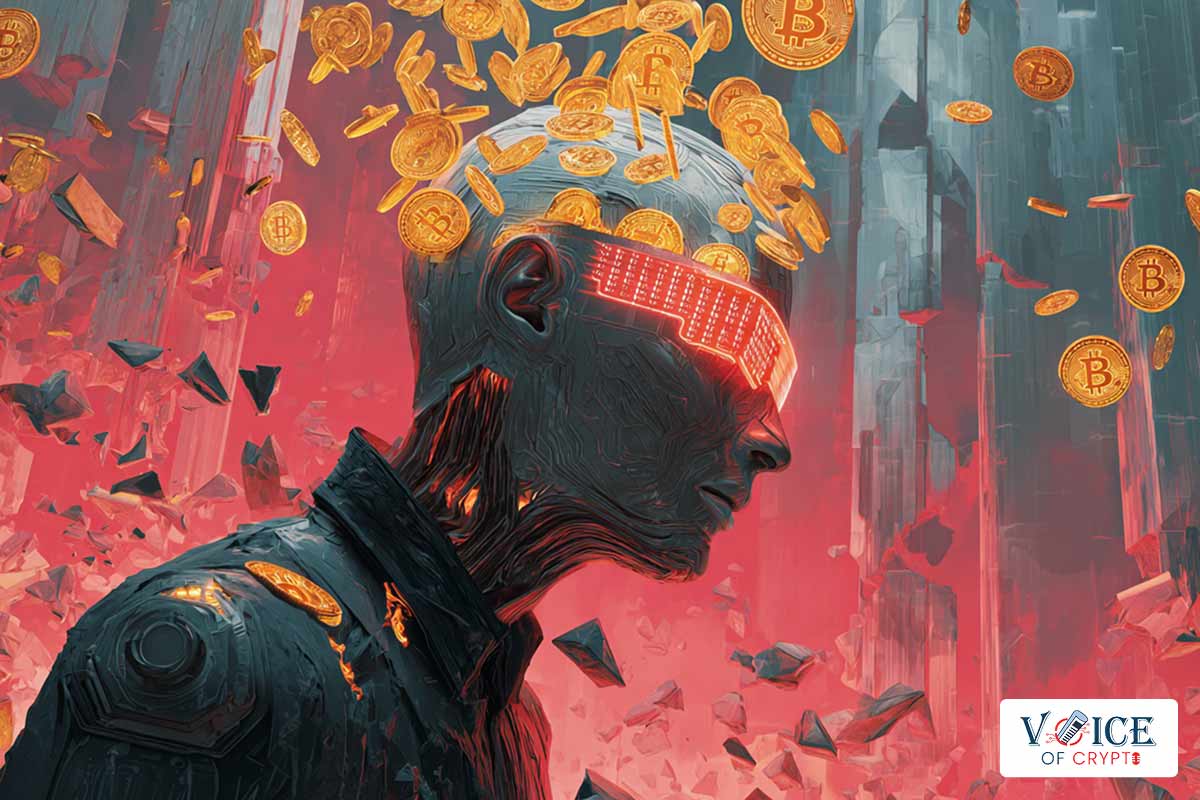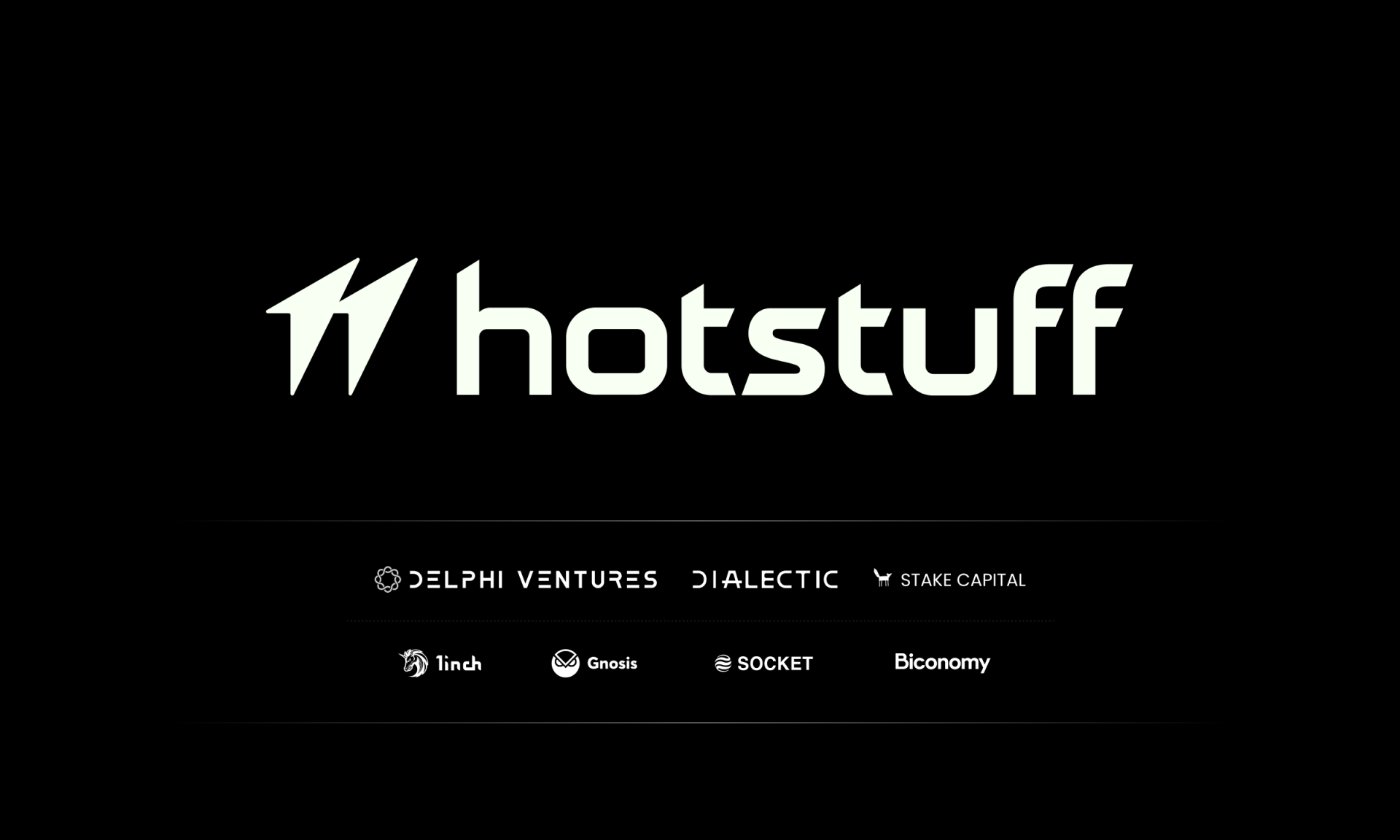Claude AI’s analysis of Mt. Gox’s 2011 code revealed critical security flaws, including weak passwords and SQL vulnerabilities, suggesting AI could have prevented the 2014 collapse by identifying issues early.
Key Insights
- The former Mt. Gox CEO ran the exchange’s old code through Claude AI and found some interesting things.
- The AI flagged the 2011 platform as “critically insecure” by today’s standards.
- AI tools could be the solution for preventing future exchange failures like Mt. Gox.
The collapse of Mt. Gox is one of the darkest moments in Bitcoin’s history. The platform was once responsible for over 70% of all Bitcoin transactions. This was before the Japan-based exchange fell apart in 2014 after losing hundreds of thousands of BTC to hackers.
Now, former CEO Mark Karpelès has revisited that painful past using Claude AI, which described the platform as “critically insecure.”
This begs the question: could artificial intelligence have prevented one of crypto’s biggest disasters?
Claude AI’s Analysis of Mt. Gox’s Security Flaws
Karpelès uploaded the exchange’s original code, along with access logs, GitHub data, and leaked hacker information. Claude’s breakdown described Mt. Gox as a “feature-rich but critically insecure Bitcoin exchange.”
So I tried feeding MtGox’s 2011 codebase and various data (git history, access logs, dumps released by hacker, etc) to @AnthropicAI‘s Claude, and let it analyze its way through all the stuff.
The result:https://t.co/r8oxCUW3Qp
— Mark Karpelès (@MagicalTux) October 26, 2025
It noted that the platform’s creator, Jed McCaleb, built a functional system in just three months but left serious vulnerabilities in place. These weaknesses became targets during the June 2011 hack, which drained about 2,000 BTC.
Some of the problems listed were weak admin and user passwords, poor internal documentation, and retained admin access after the ownership transfer, among other things.
The AI also identified a major trigger for the breach: Karpelès’ WordPress blog account and some social media profiles were compromised. These were some of the loopholes that gave attackers a path into the exchange.
Mt. Gox’s Limited Fixes Came Too Late
After taking over the exchange in March 2011, Karpelès made some security upgrades. However, the damage was already underway. Claude AI pointed out several improvements that helped prevent a total collapse:
The first was Karpelès’ upgrade to a salted hashing algorithm for stronger password protection.
The second was his fix of the SQL injection vulnerabilities, alongside adding withdrawal locking systems to stop large unauthorised transactions.
These changes stopped the hack from being far worse. Without them, attackers might have drained tens of thousands of Bitcoin through a $0.01 withdrawal exploit.
Still, the AI concluded that while technical patches helped, human error and weak operational controls were among the causes.
Could Artificial Intelligence Have Saved Mt. Gox?
If AI-powered tools like Claude had existed in 2011, Mt. Gox’s story might have been different.
AI can scan thousands of lines of code for weaknesses in seconds. Tools can now catch flaws that even manual reviews often miss. It can also simulate real-world attack scenarios and help developers fix vulnerabilities before they become entry points for hackers.
Today, many exchanges use AI-based security monitoring to detect unusual activity. These systems track login patterns, wallet transfers, and code changes in real time. If something looks suspicious, alerts go out instantly and sometimes block the threat before it spreads.
Had such tools been available to Karpelès in 2011, it’s likely the exchange’s flaws would have been caught early.
Lessons for Modern Bitcoin Traders
Mt. Gox’s downfall still affects Bitcoin’s market behavior. Even more than a decade later, repayments to creditors have made headlines and affected trader sentiment.
The exchange currently holds around 34,689 BTC, which is set to be distributed to creditors by the October 31 deadline. Some traders are worried that repayments could trigger sell pressure.
So far, though, Bitcoin’s price has been stable. This indicates that long-term holders aren’t rushing to sell.
Ongoing Effects of Mt. Gox on the Bitcoin Market
Mt. Gox may have shut down in 2014. Still, its shadow affects today’s market. Every time the exchange’s wallets move funds, traders react. Historical data shows spikes in BTC volatility whenever repayment news breaks.
Last year, similar announcements led to temporary swings across both spot and futures markets. Analysts now recommend monitoring wallet activity related to Mt. Gox as part of risk assessment.
Disclaimer: Voice of Crypto aims to deliver accurate and up-to-date information, but it will not be responsible for any missing facts or inaccurate information. Cryptocurrencies are highly volatile financial assets, so research and make your own financial decisions.








